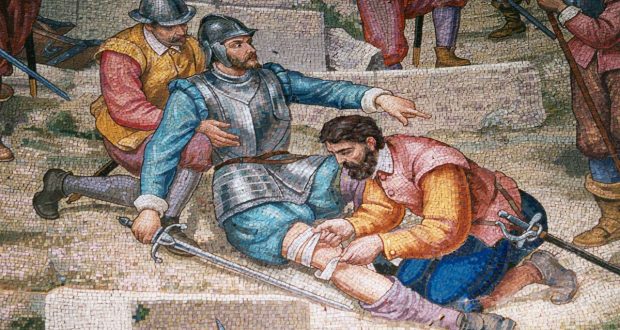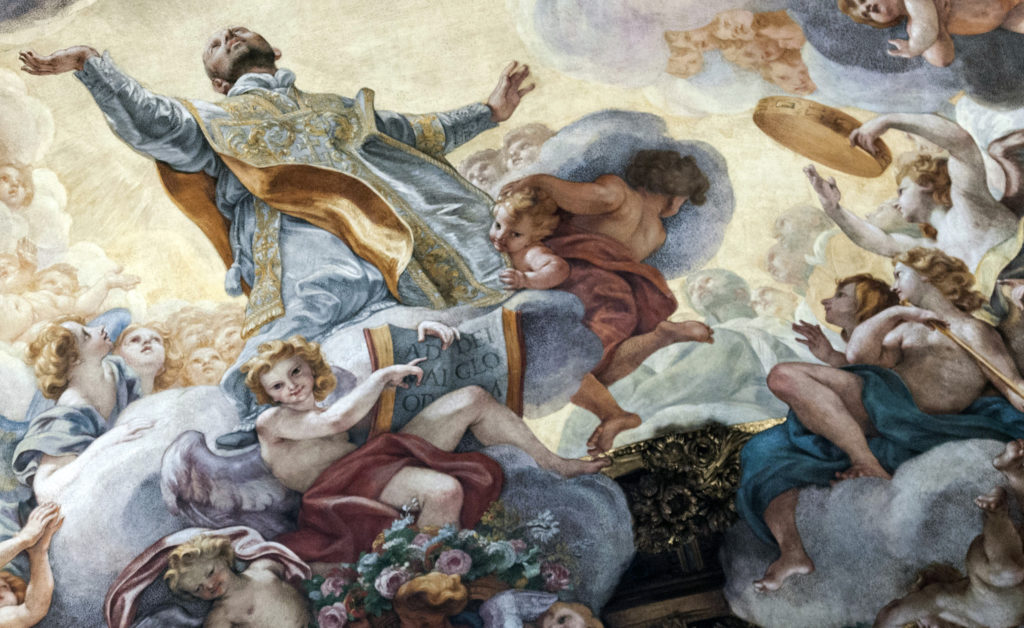 Ignatius was born Inigo Lopez de Loyola in 1491, the youngest son of a Spanish nobleman in the Basque area of northern Spain. “Up to the age of twenty-six, he was”, as he says in his Autobiography, “a man given to the follies of the world: and what he enjoyed most was warlike sport, with a great and foolish desire to win fame.” His ambition to pursue the glorious career of a soldier and knight at court was cut short in a battle at Pamplona. Refusal to surrender in a losing cause against French invaders resulted in one of his legs being shattered by a cannonball. The French soldiers were so impressed with his bravery they had him carried back to his home in Loyola.
Ignatius was born Inigo Lopez de Loyola in 1491, the youngest son of a Spanish nobleman in the Basque area of northern Spain. “Up to the age of twenty-six, he was”, as he says in his Autobiography, “a man given to the follies of the world: and what he enjoyed most was warlike sport, with a great and foolish desire to win fame.” His ambition to pursue the glorious career of a soldier and knight at court was cut short in a battle at Pamplona. Refusal to surrender in a losing cause against French invaders resulted in one of his legs being shattered by a cannonball. The French soldiers were so impressed with his bravery they had him carried back to his home in Loyola.
“As he was much given to reading worldly books of fiction … when he felt better he asked to be given some of them to pass the time. But in that house none of those that he usually read could be found, so they gave him a Life of Christ and a book of the lives of the saints…” (Autobiography). In this way God kindled in him an entirely new and different ambition, namely to make a pilgrimage to Jerusalem and dedicate his whole life to following completely in the footsteps of Jesus.
As soon as he had recovered enough strength Ignatius left home intending to spend his life in prayer and penance. In a symbolic gesture at a shrine of the Blessed Mother in Montserrat, Ignatius placed his sword at her feet, gave his fine clothes away to a beggar and, dressed in rags, retired to a cave at Manresa. Here for eleven months he lived a life a great austerity, underwent a period of scruples and depression until he had a mystical experience sitting by the banks of the River Cardoner, following which he enjoyed great consolation and began writing down his reflections on prayer and how to respond to the will of God. These eventually became his famed Spiritual Exercises.
Ignatius left Spain intending to spend the rest of his life as a pilgrim in Jerusalem, but was not allowed to remain in the Holy Land. Returning to Spain, he decided to become a priest, but first had to sit down with grammar school students to learn Latin. Following the study of philosophy in Alcala, he went to Paris to study theology.
While he was in Paris he became good friends with six companions whom he led through thirty days of his Spiritual Exercises. Imbued with the same ideals, they called themselves “friends in the Lord” and in 1534 in the church of Montmartyr in Paris promised that when their studies were finished they would continue their association, live lives of evangelical poverty and go on mission to Jerusalem.
When it became obvious that going to Jerusalem was not possible, they offered themselves to the Pope to be sent wherever and to undertake whatever task he would ask them to do. They were soon traveling all over Europe on various missions entrusted to them for the defense and propagation of the faith. Eventually they decided to form themselves into a permanent group under obedience to a leader.
On September 27, 1540 Pope Paul III in a papal decree formally established the Society of Jesus as a new religious order that would be apostolic and not confined to any monastery and in addition to the ordinary vows of poverty chastity and obedience would add a fourth vow to go anywhere the Pope would send them. In 1541 Ignatius was unanimously elected the first Superior General and served until his death in 1556.
The right man at the right time
In the final analysis, did the times make the man or did the man make the times? In the case of Ignatius both statements are true. He was born right at the end of the eight hundred year long Middle Ages. Europe was just beginning to enter the Renaissance. The life of Ignatius bridged the turn over from one to the other. European adventurers had discovered America and Africa, scholars were rediscovering the long forgotten cultures of Rome and Greece. As luck would have it, 1521, the year Ignatius was injured, was also the very year that Martin Luther was excommunicated beginning the Protestant Reformation. In the next twenty years England, Holland, Switzerland and Northern Europe broke from the Catholic Church under a cloud of deep religious differences. In society a hitherto non-existent middle class was emerging and the invention of the printing press began to fulfill the thirst for knowledge. The knights of the Middle Ages gave way to the humanists. Society was racked by turmoil and wars.
They were earthshaking times. The Catholic Church had an urgent need for a new “shake-proof” company of defenders and promoters. Thanks to Ignatius the Church had such a champion in the Society of Jesus.
A Man in Pursuit of an Ideal, A Man on Pilgrimage, A Man of Discernment
Throughout his life, Ignatius was a man hot on the trail of an ideal. In the beginning it was a selfish pursuit of worldly glory. This changed to pursuing the will of God, consecrating his life to selflessly follow in the footsteps of Jesus in service for the church.
Ignatius always referred to himself as a pilgrim. In the beginning this meant literally going to the Holy Land. Then it became wandering around aimlessly from place to place, penniless and homeless. This finally changed to the journey of a man on fire with the desire to serve Christ wherever the guidance of the Holy Spirit would lead.
It was his first discernment how to distinguish between the consolations that came from God and those which did not that launched Ignatius on his spiritual journey, led to his composition of the Spiritual Exercises and moved him to dedicate his life to teaching others how to discern the will of God for them and led ultimately to the discernments that established the Society of Jesus and guided him in his years as its father and leader.
※ N.B. The three periods of pursuit of an ideal, pilgrimage, and discernment are described by Fr. Chang Ch’un-Shen in “A Man in Search-From Birth to Manresa”, Fr. Weng Te-Shao in “The Pilgrim” and Fr. Hsü K’e–chih “The Discerner” in the Fu Jen Journal of Theology, No. 90.
Chronology of St. Ignatius Loyola
| 1491 |
Birth at Loyola in Spain |
| 1521 |
Injured in battle at Pamplona and convalescence at home in Loyola |
| 1522 |
Retreat at Manresa, spiritual experiences (begins to compose the Spiritual Exercises) |
| 1523 |
Goes on pilgrimage to Jerusalem |
| 1525 |
Begins to study Latin in Barcelona |
| 1526 |
Studies philosophy at Alcala |
| 1528 |
Begins study of theology in Paris |
| 1529 |
At St. Barbe College meets St. Francis Xavier and Blessed Peter Favre |
| 1532 |
At Paris University finishes study of philosophy |
| 1534 |
Receives Licentiate at Paris University, directs his companions through the 30 day spiritual exercises after which they make vows of poverty and chastity at Montmartyr |
| 1537 |
Ordination to priesthood in Venice where they wait for permission to go to Jerusalem; prevented from going by war, they decide to unite as a group they will call the Company of Jesus; on their way to Rome at La Storta a small church near the city Ignatius has a vision of God the Father promising him success in Rome and receiving Ignatius as a companion of Christ on the cross |
| 1538 |
In Rome helping the poor and leading the spiritual exercises |
| 1539 |
The companions discuss whether to become a religious order and obtain the approval of Pope Paul III for the Formula of the Institute |
| 1540 |
St Francis Xavier is sent to India to propagate the faith; Paul III signs a Papal Bull formally establishing the Society of Jesus |
| 1541 |
Ignatius is elected the first Superior General |
| 1551 |
The first draft of the constitutions is finished; the Roman College becomes the first Jesuit university |
| 1553 |
Ignatius begins to dictate his autobiography |
| 1554 |
Construction of the Gesu Church begins in Rome |
| 1556 |
Ignatius dies in Rome; there are already about 1000 Jesuits |
| 1609 |
Ignatius declared blessed |
| 1622 |
Ignatius declared a saint |
| 1922 |
Pope Pius XI makes Ignatius patron of retreats |
References for further information…. http://www.ignatiushistory.info/

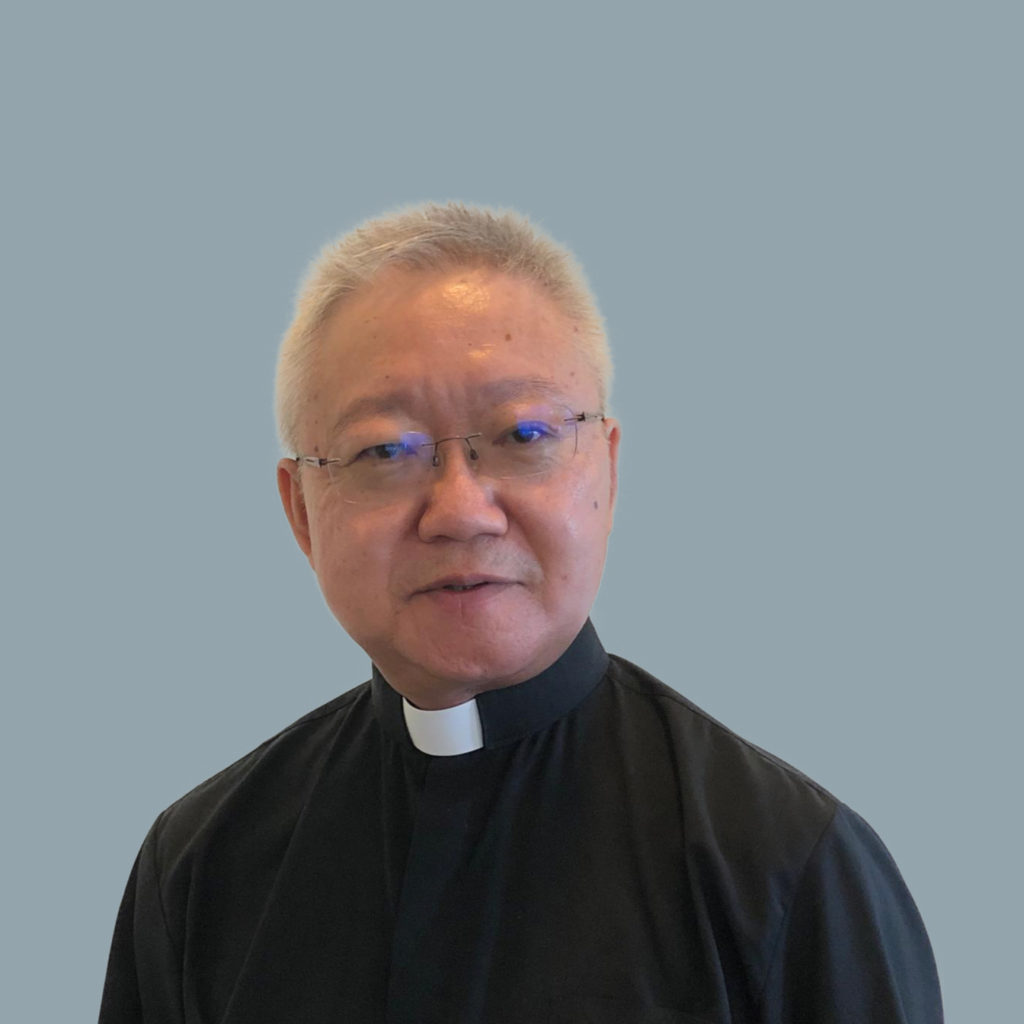
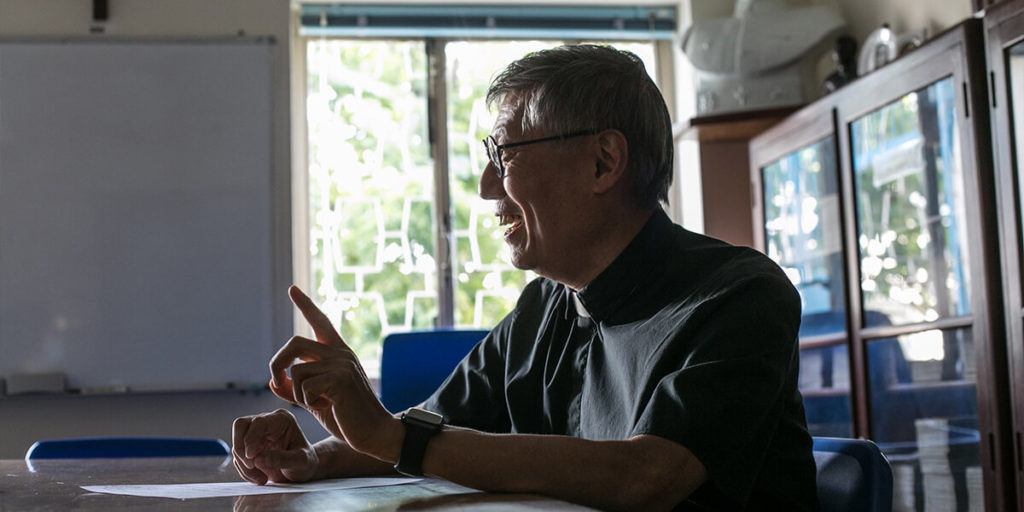
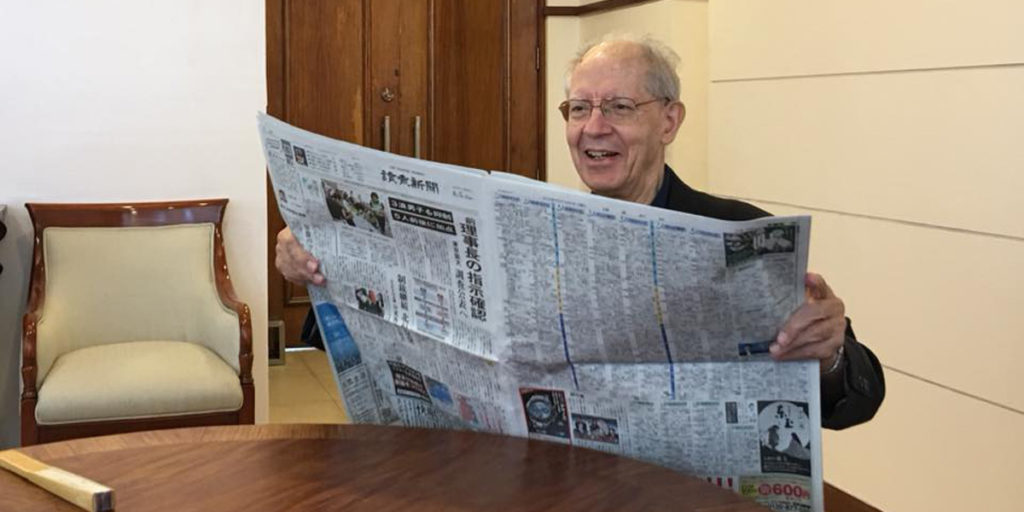
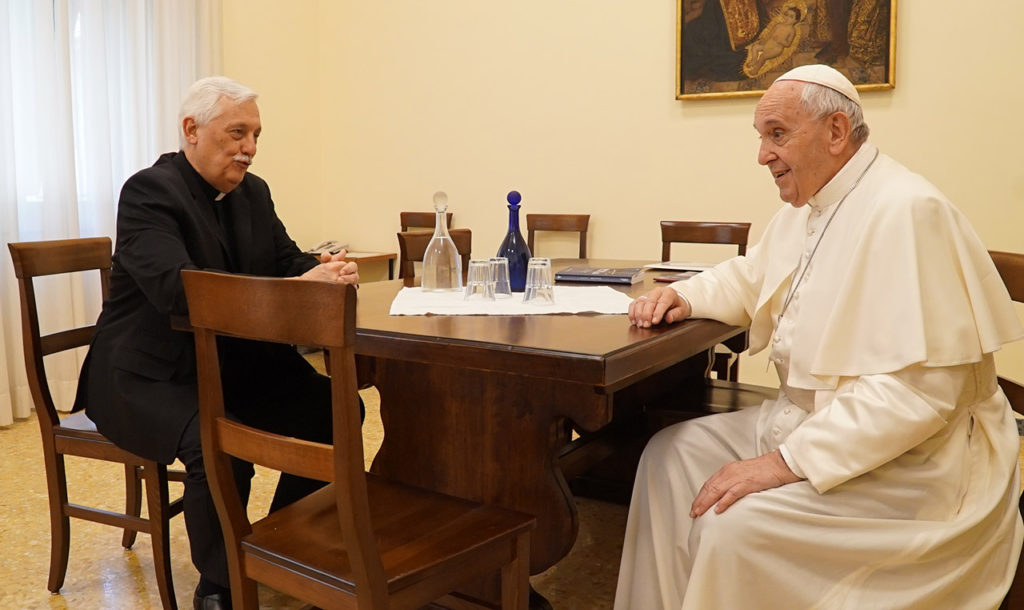
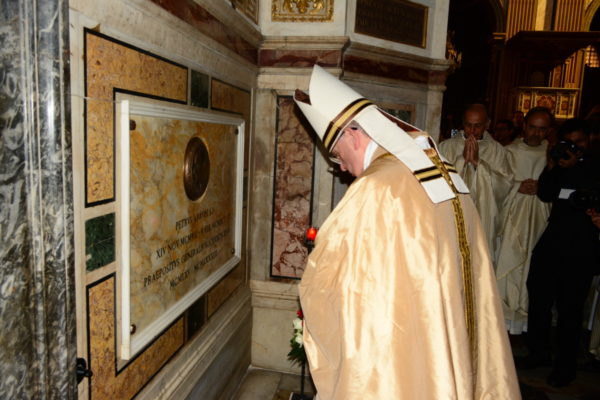
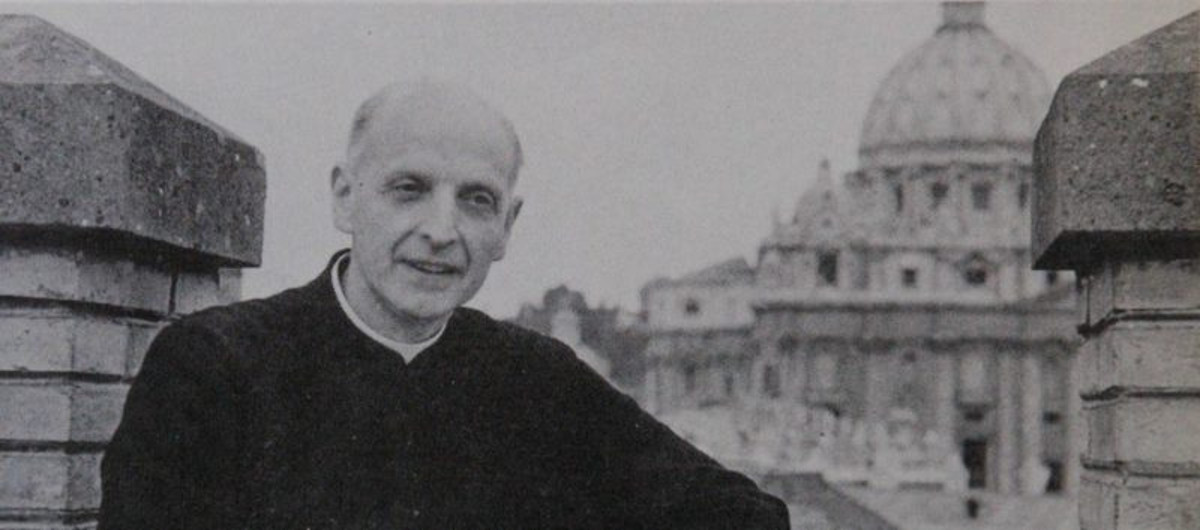
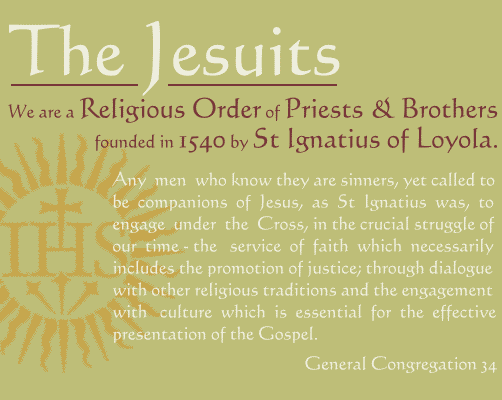
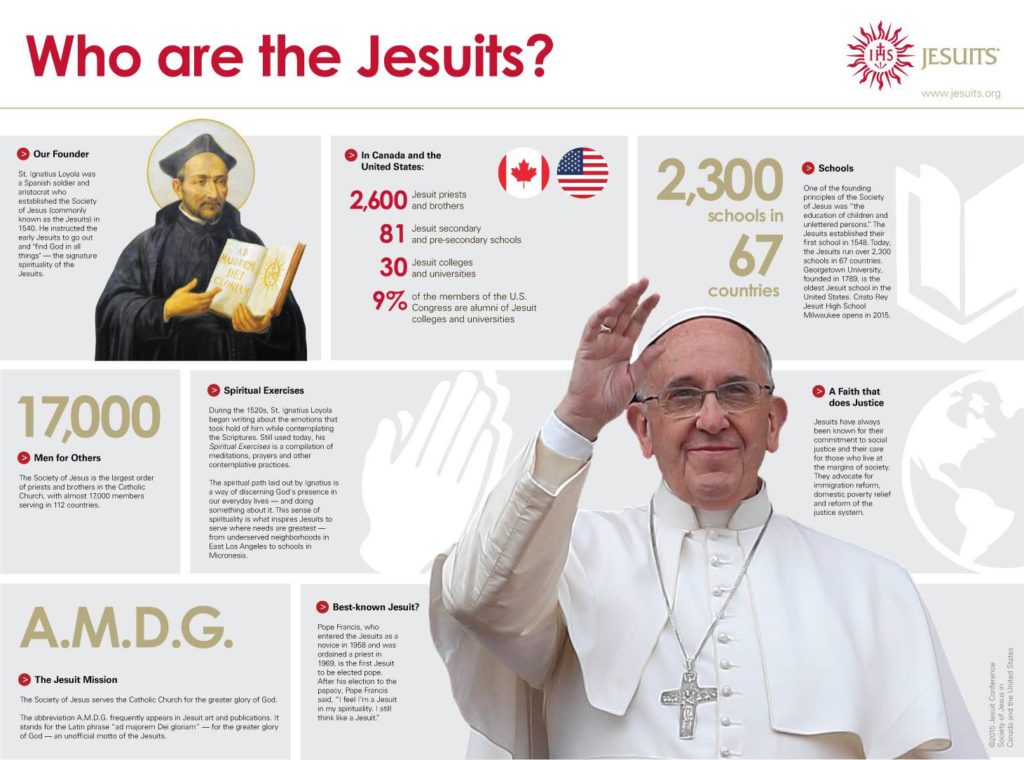 In one way or another, we have all felt moved by Christ’s call:
In one way or another, we have all felt moved by Christ’s call:
 Ignatius was born Inigo Lopez de Loyola in 1491, the youngest son of a Spanish nobleman in the Basque area of northern Spain. “Up to the age of twenty-six, he was”, as he says in his Autobiography, “a man given to the follies of the world: and what he enjoyed most was warlike sport, with a great and foolish desire to win fame.” His ambition to pursue the glorious career of a soldier and knight at court was cut short in a battle at Pamplona. Refusal to surrender in a losing cause against French invaders resulted in one of his legs being shattered by a cannonball. The French soldiers were so impressed with his bravery they had him carried back to his home in Loyola.
Ignatius was born Inigo Lopez de Loyola in 1491, the youngest son of a Spanish nobleman in the Basque area of northern Spain. “Up to the age of twenty-six, he was”, as he says in his Autobiography, “a man given to the follies of the world: and what he enjoyed most was warlike sport, with a great and foolish desire to win fame.” His ambition to pursue the glorious career of a soldier and knight at court was cut short in a battle at Pamplona. Refusal to surrender in a losing cause against French invaders resulted in one of his legs being shattered by a cannonball. The French soldiers were so impressed with his bravery they had him carried back to his home in Loyola.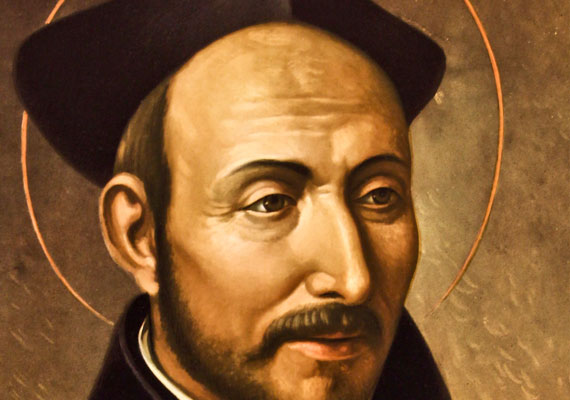
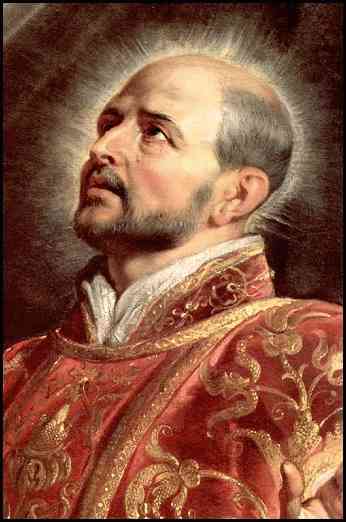 The first step in the creation of the Society of Jesus was taken in 1534 when Ignatius Loyola and seven companions in the church of Montmarte in Paris promised that when their studies were finished they would continue their association, live lives of evangelical poverty and go on mission to Jerusalem. They called themselves “friends in the Lord”.
The first step in the creation of the Society of Jesus was taken in 1534 when Ignatius Loyola and seven companions in the church of Montmarte in Paris promised that when their studies were finished they would continue their association, live lives of evangelical poverty and go on mission to Jerusalem. They called themselves “friends in the Lord”.